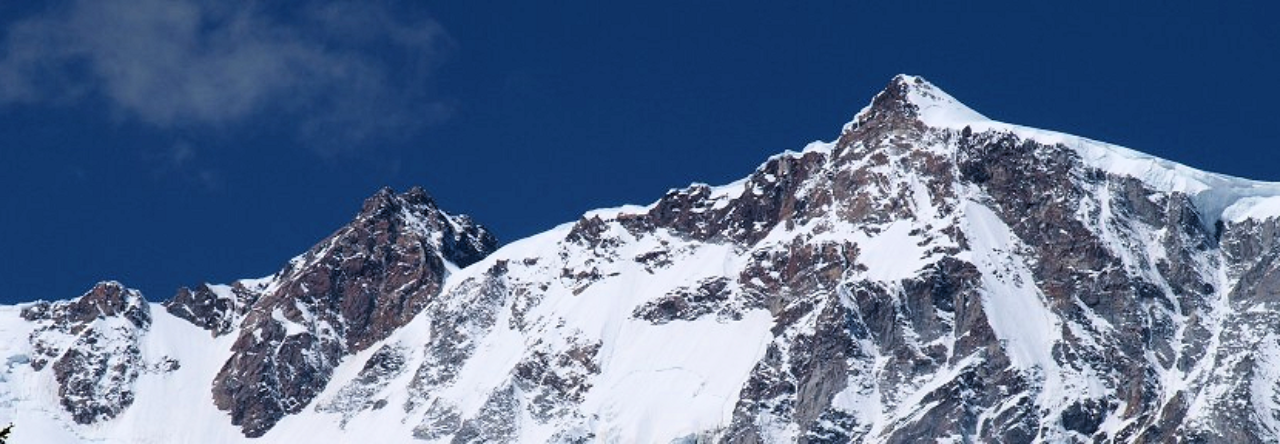Slight increase in power to 80W but no other changes apart from fitting an isolating 1:1 transformer on the coax input to the remote ATU in late autumn 2019. That seems to have cut local received noise somewhat and results on transmit seem to be improved, although it’s not yet been there long enough to be sure.
On 160m best completed DX has been Kazakhstan in December 2019 (4200km) although a partial QSO with a JA during the same very short opening was an unfortunate getaway!
On 80m best DX has been Asiatic Russia at 3500km and Crete at 2725km
On 40m I was pleased to work Republic of Korea at 9200km and Venezuela at 7400km in December 2019, followed by New Zealand at 18,450km and Japan at 9580km in February 2020.
Best band for DX up to February 2020 has been 40m (New Zealand, Japan Republic of Korea and Venezuela) then on 20m (Falkland Islands at 12,600km, closely followed by South Africa at 9050km plus Brazil at 8900km).
